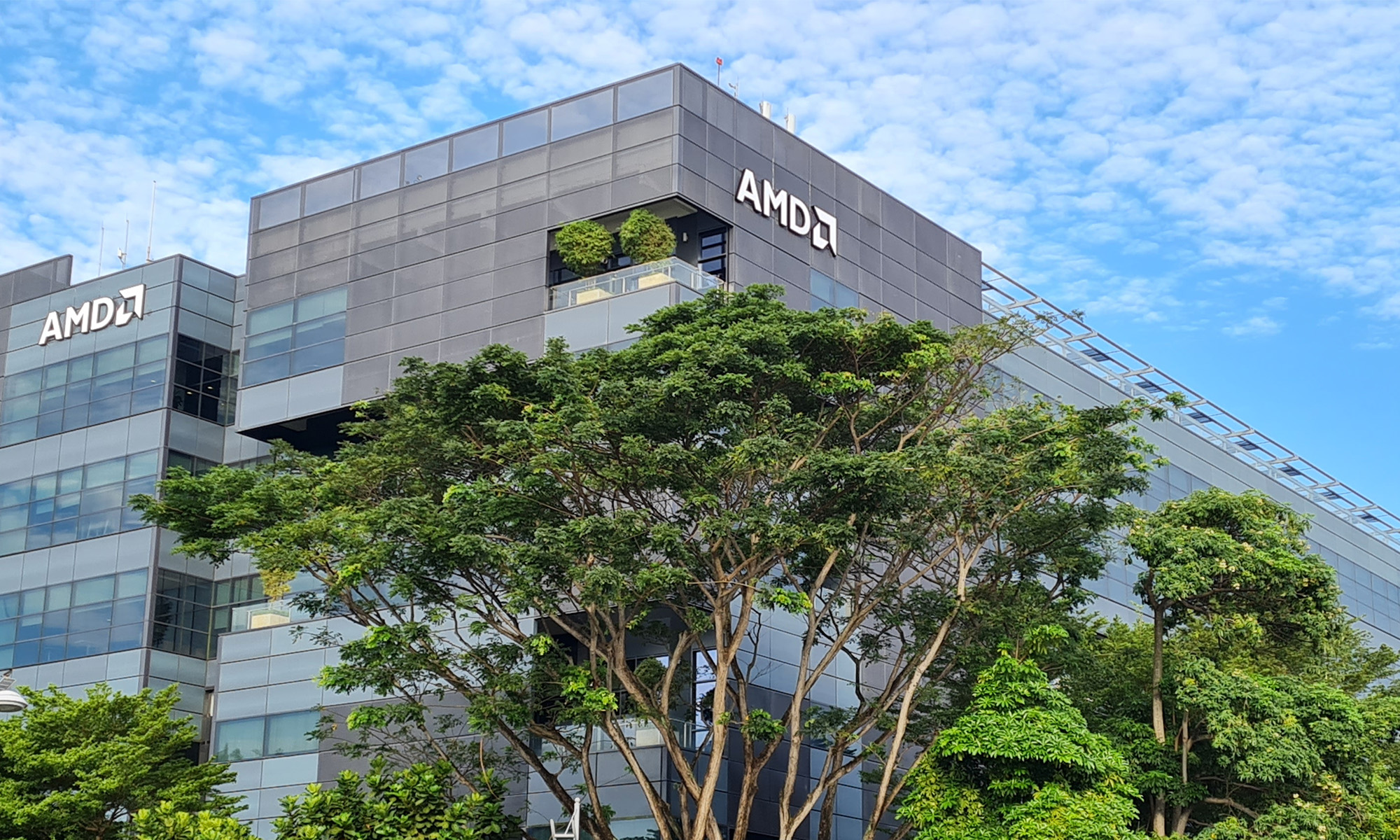Advanced Micro Devices (AMD 0.02%) has been one of the worst stocks to own over the past year. While investors were excited about AMD potentially taking market share from rival Nvidia in the all-important data center market, that hasn't manifested. Furthermore, the rest of AMD's business has been rather ho-hum, which has caused the stock to decline over the past year.
Since peaking last March, the stock is down over 50%, while most other stocks in the market are up. If you had invested in Nvidia, on the other hand, you'd be up over 50%. That's a huge mismatch in performance, but is it possible for AMD to turn it around? After all, a 50% decline could be a huge opportunity to profit from a turnaround play.
AMD is losing ground to Nvidia in the data center sector
While Nvidia focuses on one thing, graphics processing units (GPUs), AMD is much broader. It has offerings comparable to Nvidia's, but they haven't taken off in the data center market, and AMD continually underperforms Nvidia in this segment. The thesis last year was that AMD could take market share away from Nvidia as the focus in AI turned from training to inference, but that takeover never manifested.
In AMD's fiscal fourth quarter (ended Dec. 28), data center revenue rose 69% year over year to $3.86 billion. While that sounds like strong performance, it pales in comparison to what Nvidia did. Nvidia's data center division grew revenue at a 93% pace to $35.6 billion during its fiscal Q4 (ended Jan. 26) -- nearly 10 times that of AMD.
This part of AMD's investment thesis was clearly wrong, and it is a primary factor in the stock's downturn. However, AMD's other segments haven't helped out much either.

NASDAQ: AMD
Key Data Points
Client revenue was its lone strong point, rising 58% year over year. This accounts for all of the CPUs and GPUs that AMD makes for laptops and PCs purchased by the general consumer. This is still an important market, but there is only so much money to make in a sector that has become fairly commoditized, as there isn't a massive performance boost going from one provider to another.
The rest of AMD's results were poor. Gaming revenue (GPUs dedicated to PC and console gaming) fell 59% year over year, and embedded processors (chips designed for specific, energy-efficient purposes) were down 13%.
Overall, AMD's revenue growth was up 24% year over year, which isn't bad. However, expectations were far higher than that, which is why the stock is so unpopular with Wall Street right now.
AMD's valuation looks attractive at these levels
AMD has had some odd one-time charges hit its books over the past year, so using the trailing price-to-earnings (P/E) ratio doesn't give investors much insight into the company. Instead, I'll use the forward P/E ratio, as it doesn't include these one-off charges that are difficult to project. From this standpoint, AMD's valuation has significantly decreased over the past year.
AMD PE Ratio (Forward) data by YCharts
At 21.2 times forward earnings, AMD looks like a fairly cheap stock, and it is. Considering that the broader market (measured by the S&P 500) trades for 21.6 times forward earnings, it's priced at about a market average.
However, Wall Street expects 23% revenue growth in 2025 and 21% in 2026, so it's clear that AMD could grow much faster than the broader market yet it trades at a discount. This disconnect is a perfect buying opportunity for investors, and although AMD won't be able to catch up to Nvidia, it still has a strong business in its own right.
If you remove the comparison, I think there's enough value here that AMD could be a strong stock pick and recover throughout the rest of 2025 to a more reasonable valuation level for the growth it's putting up.






